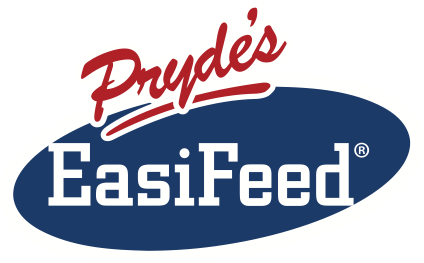Dietary management with RER in horses is important to consider. High grain diets are thought to contribute to excitability which in turn is thought to trigger the RER form of tying-up.
For this reason it is recommended grain based feeds should only provide 20% or less of the calories in an RER prone horse's diet.
Raw grains are known to negatively affect behaviour (probably because they cause hindgut acidosis) so these should always be avoided.
Extruded grain based feeds which keep the horse's hindgut healthy and at a neutral pH are likely to be much safer for RER horses as they are less likely to cause excitable behaviour.
Don't overfeed!
Selenium, vitamin E and electrolyte requirements much be met.
Oils and high energy fibres should be used for additionnal energy/calories where required.
http://selector.pryd.es/au will tailor diets for horse's prone to the RER form of tying up.
